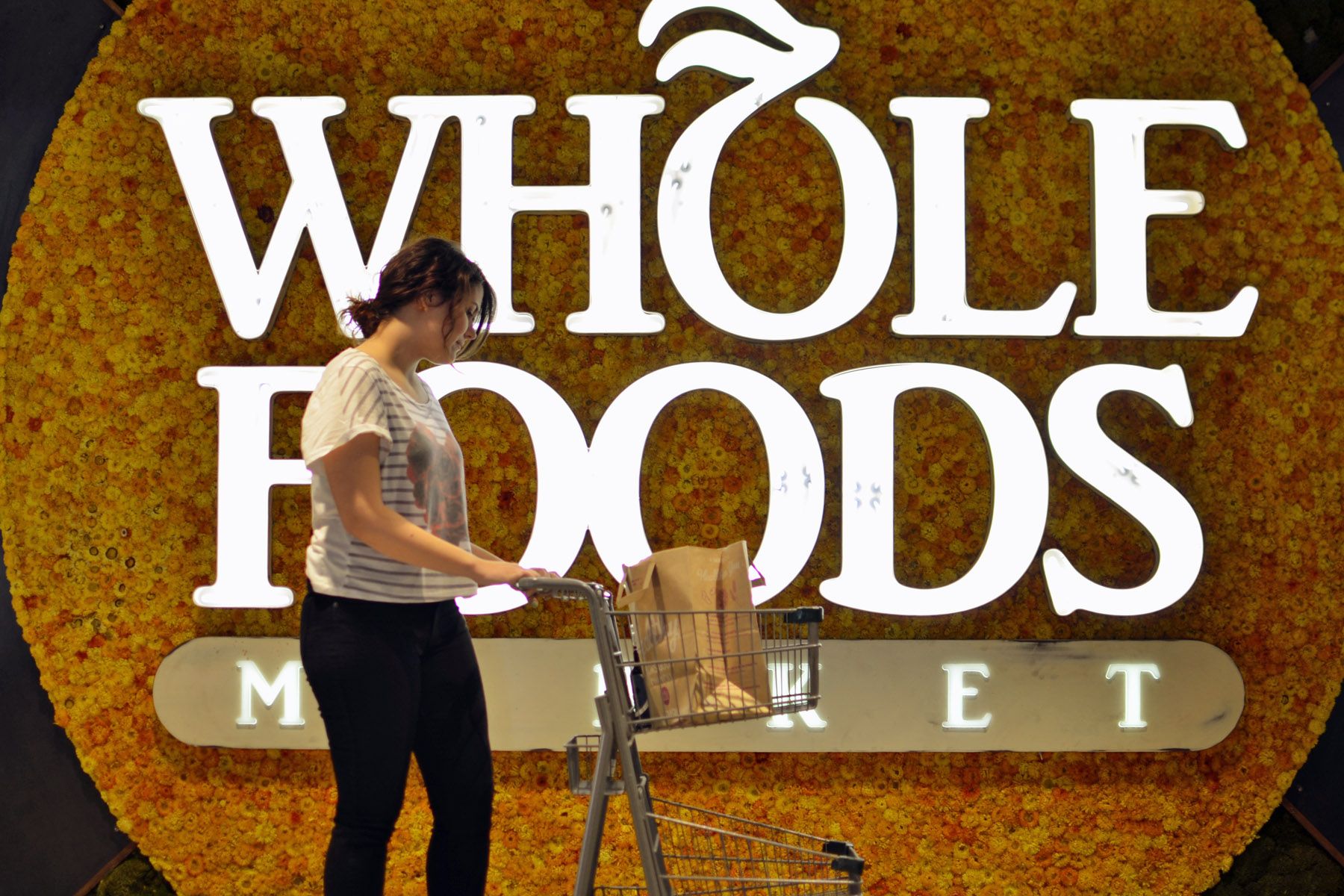Whole Foods Market is embracing food technology. Last week it hit the food tech press after launching the sale of Beyond Meat’s ‘Beyond Burger’ in its Boulder, Colorado store, and last month it was also in the news for extending its partnership with food e-commerce startup Instacart by making an investment in the company.
These two actions are in-line with consumer demands, argues Karen Christensen, Whole Foods’ vice president of purchasing. Christensen is due to judge Rabobank’s FoodBytes! pitch competition in San Francisco later this month, alongside AgFunder‘s CIO Michael Dean.
We caught up with her ahead of the event to find out more about how consumer preferences are informing how Whole Foods does business, who it does business with, and how it uses technology.
How are you using technology in your role at Whole Foods?
What I am most excited about currently is our partnership with Infor to build a cloud-based retail management platform. We are designing a system from the ground-up that will help with a large range of activities such as planning, ordering, and performance measurement. I have worked in purchasing for a long time, and this is unchartered territory for supply chain management. I am excited about the meaningful data the system will collect, and the analytics it will throw off.
Food e-commerce startup Instacart sells Whole Foods produce and Whole Foods is now an investor in Instacart. Is this partnership transformative for Whole Foods?
It’s been a terrific partnership so far. It’s in the early days and I am seeing some great results. It’s not necessarily transformative, but it is additive as it fills the demand our consumers have for a digital experience. As our customer base changes and grows, there is a group that really embraces and needs this service. We do see some insights from the data Instacart collects and it appears that online consumers are mostly buying staples from the platform as a supplement to their trips to the brick and mortar store.
The store experience is really where the magic happens so that will never be replaced.
How popular do you expect alternative protein products like Beyond Meat’s Beyond Burger, which just hit your Boulder, Colorado Store, to be?
It’s too early to tell, but there’s definitely demand for that kind of a product and we want to be a destination for everyone: vegans, vegetarians, and those with special dietary needs. The proof will be in the pudding, and there have been all sorts of different kinds of alternative products over the years. They need to prove themselves in the marketplace.
Are there any products that you’ve been surprised how well or how badly they’ve done?
I didn’t have a high level of interest in the paleo trend, but a huge number of consumers responded to that, so it was a bit surprising that it caught on and hung on, and continues to grow.
Other types of substitute products have done well too like Ben & Jerry’s almond milk-based ice cream, which I didn’t expect to take off to the extent it has. I think people want to have a fun food experience, but maybe they can’t eat or drink meat and milk, and so they are finding a way to replicate the experience without a negative effect.
How else have consumer tastes changed over the last two years?
The desire to have really authentic, high flavor food has grown. Consumers are maybe less concerned with the aesthetics of a product now, and more concerned with flavor and quality. We are running a pilot in North Carolina with a startup that’s presenting at FoodBytes! in San Francisco called Imperfect Produce, which we’re excited about. Consumers are ready for this and there’s been lots of media about the high volume of product that’s being produced but that’s having a hard time finding its way into the marketplace. We’re at the early stages of this, but it’s an example of where consumers are more concerned about flavor, quality and value, than about appearance.
How has Whole Foods impacted farming acres in the US in terms of what farmers are choosing to grow, and how they grow it?
We’ve had a huge influence on animal welfare. There is no antibiotics in any meat we sell. We have a five step animal welfare rating system with more than 2,800 farms and ranches involved and nearly 300 million animals certified, which is huge.
Our Responsibly Grown program, which is based on rewarding farmers for protecting human health and the environment, continues to have a significant impact on the production side.
There are a growing number of indoor agriculture operations in the US, which are claiming to produce organic food, however there are some arguments that hydroponically grown food cannot be classed as organic because it is not grown in soil; one of the main tenets of the certification. Do you think it should be or not?
There are a lot of really great things to say about indoor farming, whether or not it’s produced in soil, it’s a clean methodology with clear signs that it reduces the use of pesticides. We offer lots of hydroponic products such as tomatoes on the vine and we have a partnership with Gotham Greens which has a greenhouse on the roof of our store in Brooklyn, which we call out loud and proud. I don’t think produce being grown locally indoors is a particular draw for consumers so we aren’t necessarily promoting that, but it’s certainly part of our Responsibly Grown program, which we are promoting. There are many ways to produce amazing products using sustainable methods, and hydroponics is one of them.




